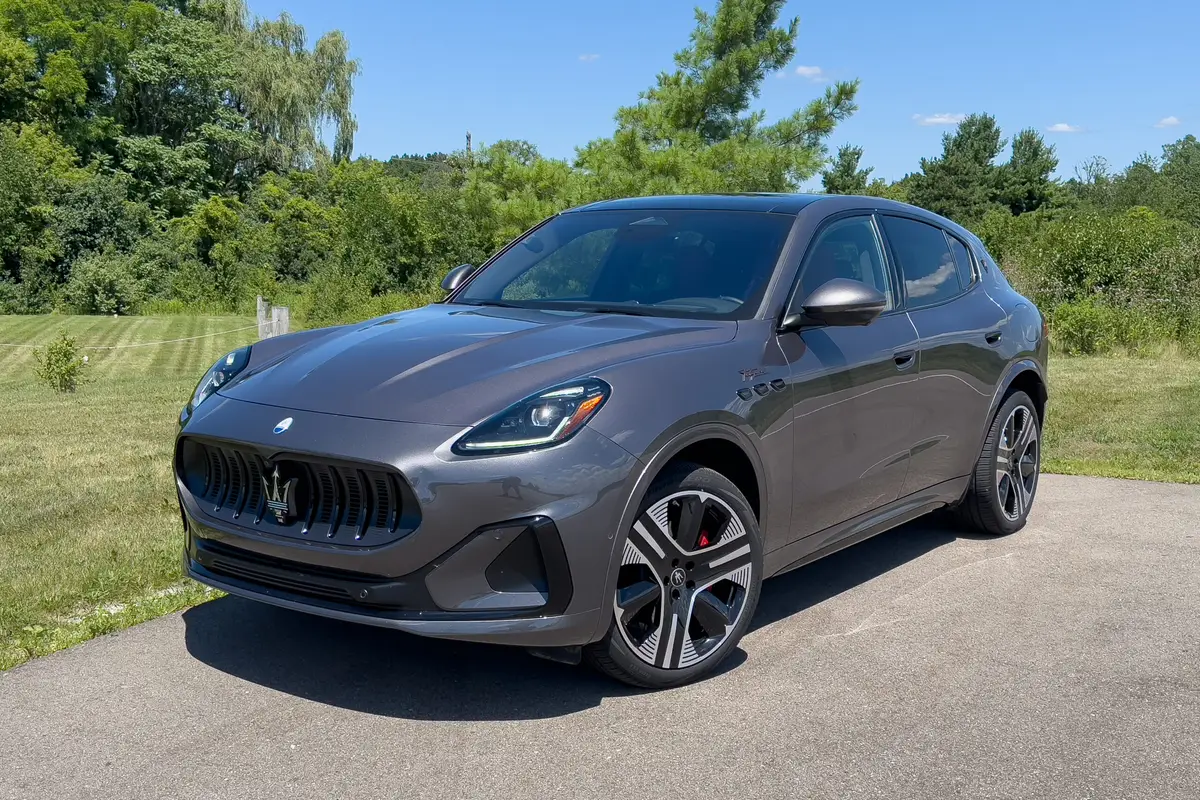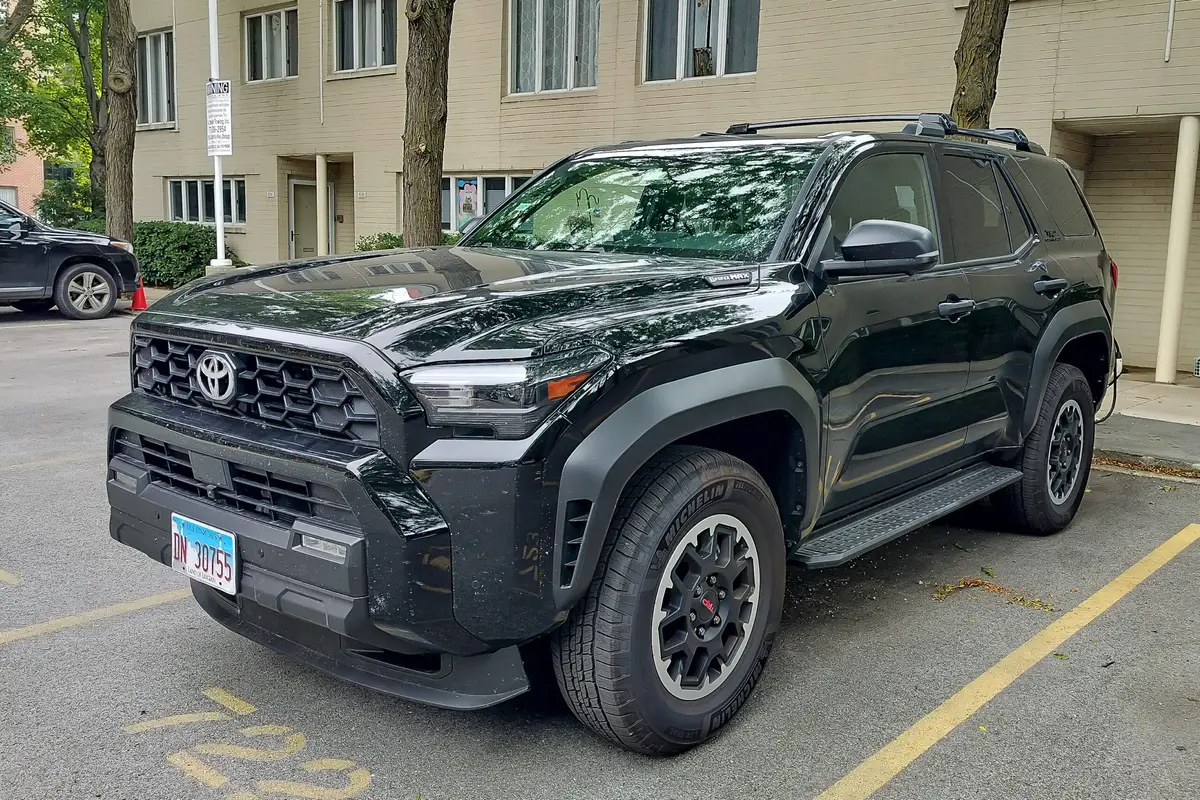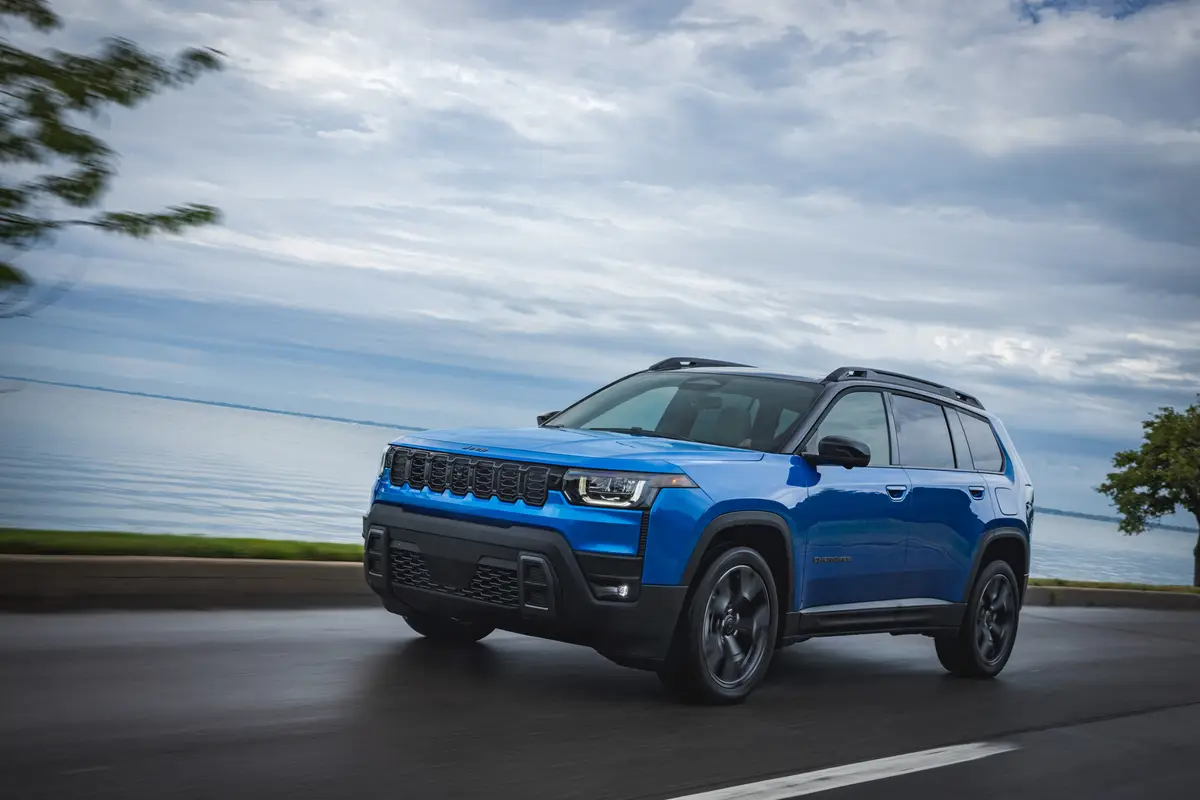2016 Mazda6: Car Seat Check

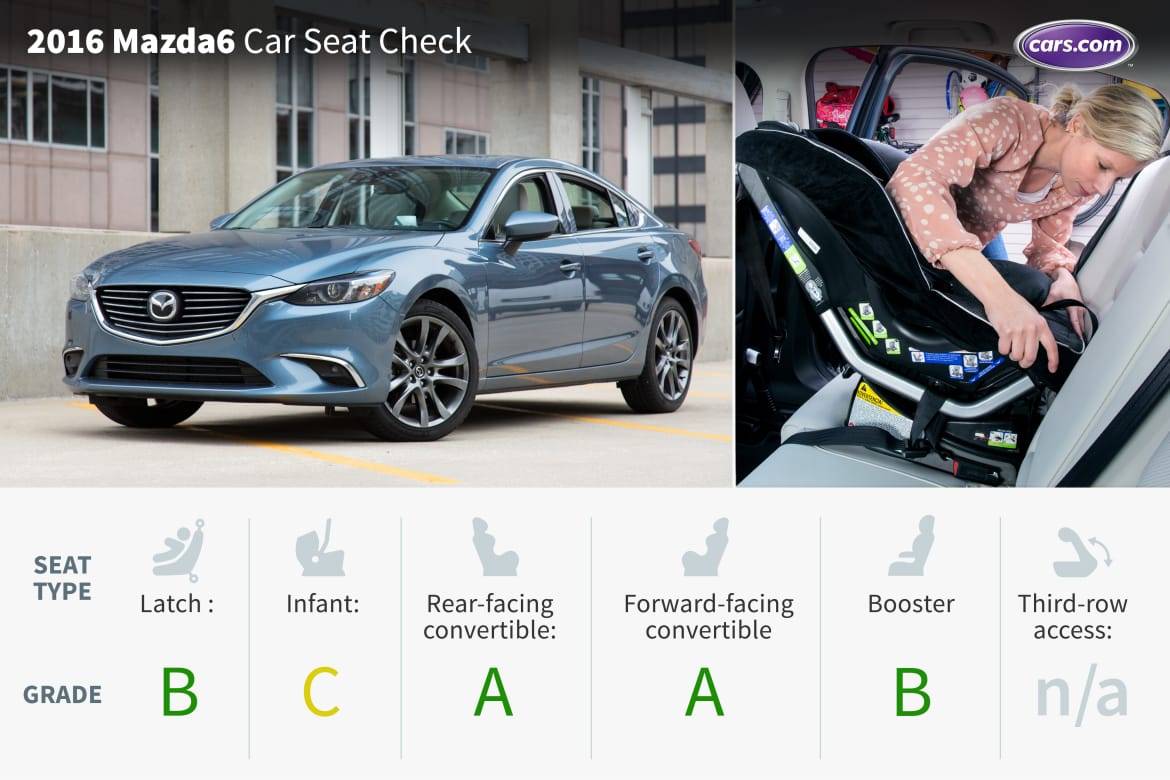
Midsize cars don’t have to be boring and Mazda’s offering is anything but. The Mazda6 is great looking, fun to drive and affordable. Cabin and control updates for 2016 make it even more comfortable, and it easily accommodates two child-safety seats, though its lower Latch anchors in our leather-equipped Grand Touring model weren’t the easiest to access.
How many car seats fit in the second row? Two
What We Like
- After removing the head restraint, the forward-facing convertible installed easily with its rigid Latch connectors.
- The three top tether anchors on the parcel shelf are large and easy to access.
- In rear-facing mode, the convertible installed easily and had enough room; we did not have to move up the front-passenger seat forward to accommodate it.
What We Don’t
- The two sets of outboard Latch anchors were set about an inch into the seat bight, where the back and bottom cushions meet, and positioned high against the seatback cushion, complicating access with the infant seat’s hook-like connectors.
- We had to move the front passenger seat forward to make room for the infant seat. Taller passengers will need more legroom to be comfortable.
- The sedan has smaller buckles on short stalks; they will be tough for kids in booster seats to use independently.

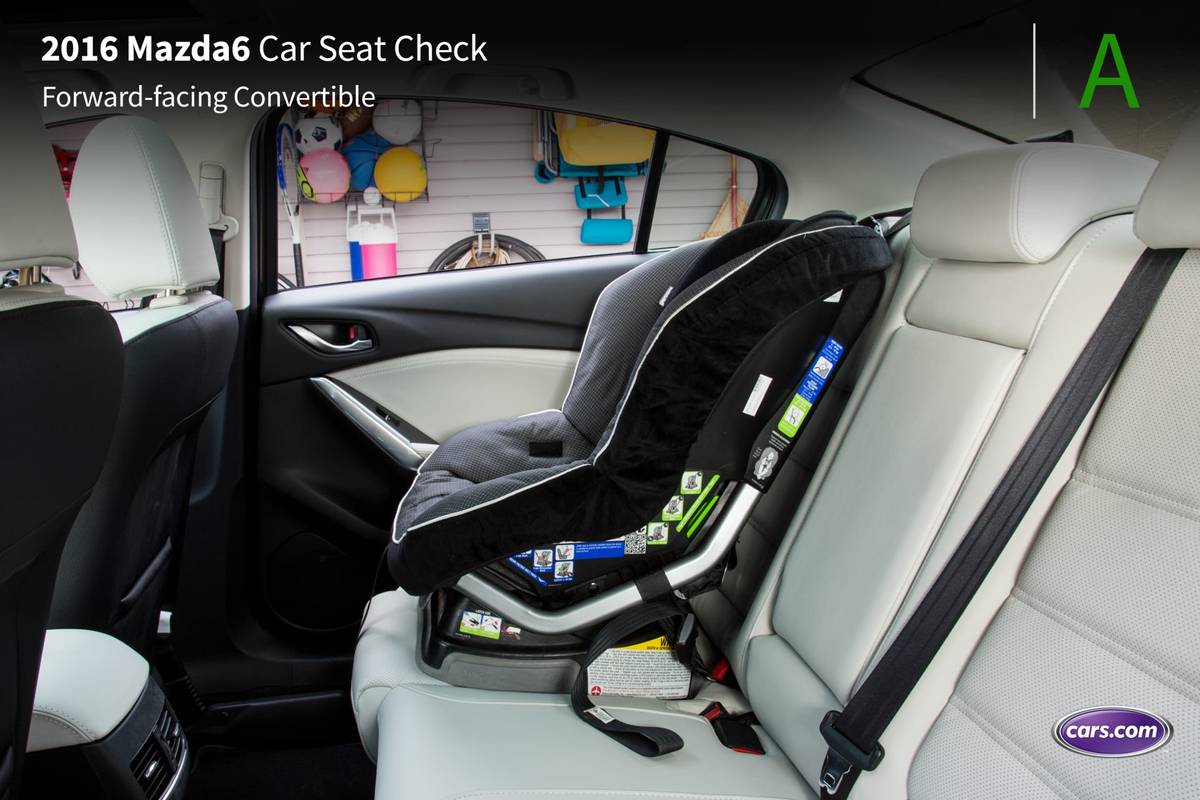

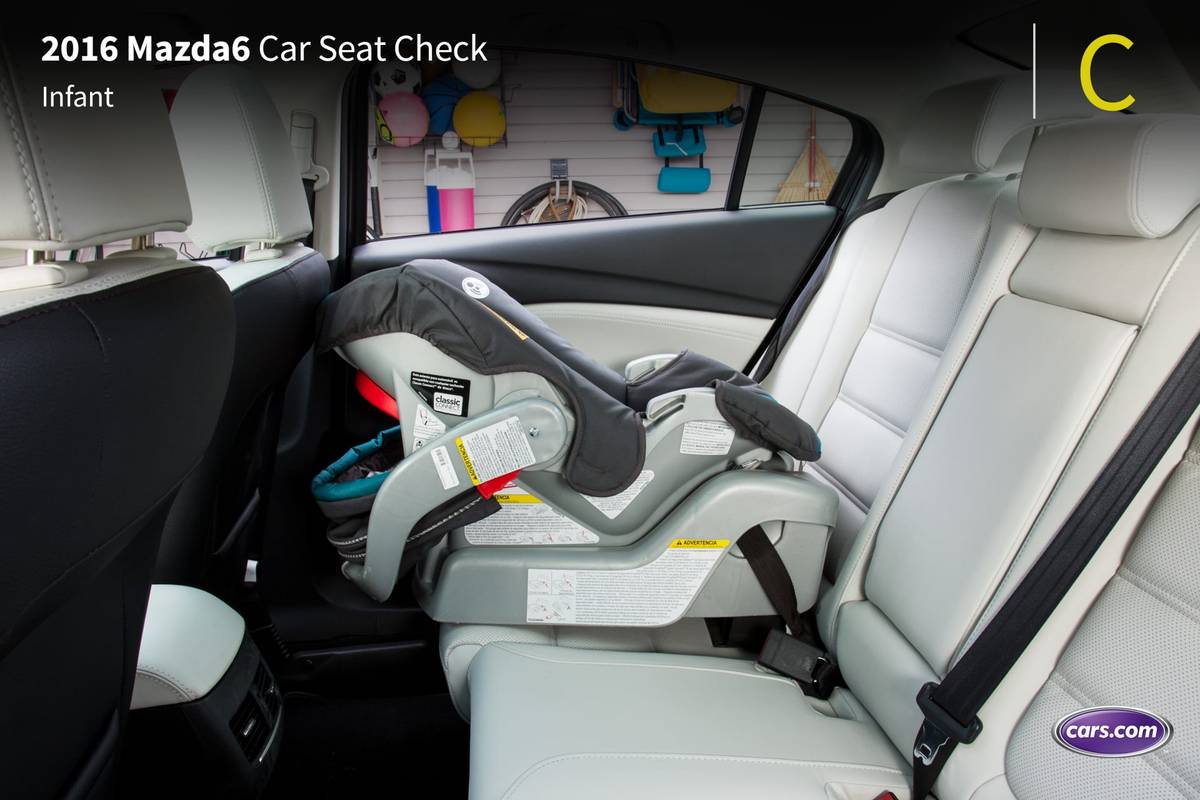
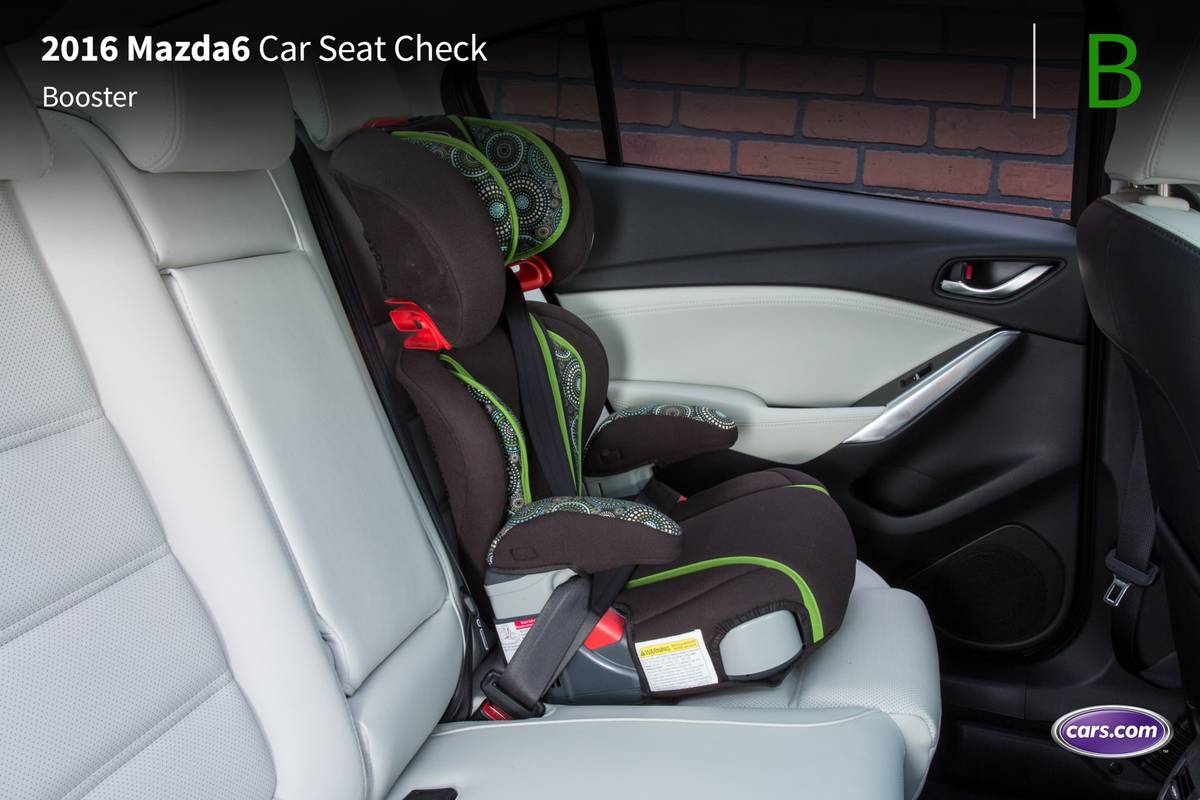





A: Plenty of room for the car seat and the child; doesn’t impact driver or front-passenger legroom. Easy to find and connect to Latch and tether anchors. No fit issues involving head restraint or seat contouring. Easy access to the third row.
B: Plenty of room. One fit or connection issue. Some problems accessing third row when available.
C: Marginal room. Two fit or connection issues. Difficult to access third row when available.
D: Insufficient room. Two or more fit or connection issues.
F: Does not fit or is unsafe.
About Cars.com’s Car Seat Checks
Editors Jennifer Geiger and Jennifer Newman are certified child safety seat installation technicians.
For the Car Seat Check, we use a Graco SnugRide Classic Connect 30 infant-safety seat, a Britax Marathon convertible seat and Graco TurboBooster seat. The front seats are adjusted for a 6-foot driver and a 5-foot-8 passenger. The three child seats are installed in the second row. The booster seat sits behind the driver’s seat, and the infant and convertible seats are installed behind the front passenger seat.
We also install the forward-facing convertible in the second row’s middle seat with the booster and infant seat in the outboard seats to see if three car seats will fit; a child sitting in the booster seat must be able to reach the seat belt buckle. If there’s a third row, we install the booster seat and a forward-facing convertible. To learn more about how we conduct our Car Seat Checks, go here.
Parents should also remember that they can use the Latch system or a seat belt to install a car seat, and that Latch anchors have a weight limit of 65 pounds, including the weight of the child and the weight of the seat itself.

News Editor Jennifer Geiger joined the automotive industry in 2003, much to the delight of her Corvette-obsessed dad. Jennifer is an expert reviewer, certified car-seat technician and mom of three. She wears a lot of hats — many of them while driving a minivan.
Featured stories
